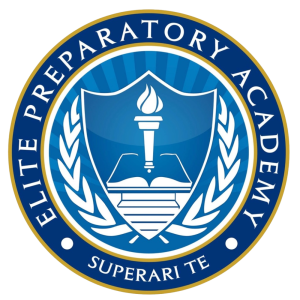Course Information
Section outline
-
To see more about the College Board AP-Calculus BC exam, please see this link: https://apcentral.collegeboard.org/courses/ap-calculus-bc
Overview of AP Calculus AB and AP Calculus BC
AP Calculus AB and AP Calculus BC emphasize a deep understanding of calculus concepts through hands-on experience with key methods and practical applications. The courses are centered around the big ideas of calculus—such as modeling change, understanding limits and approximations, and analyzing functions—making the curriculum a unified whole rather than a series of disconnected topics. Students are expected to use formal definitions and theorems to construct logical arguments and support their conclusions.
A multi-representational approach is integral to both courses, so concepts, results, and problems are explored graphically, numerically, analytically, and verbally. Making connections among these various representations fosters a comprehensive understanding of how calculus uses limits to develop key ideas, definitions, formulas, and theorems. Consistent attention to clear communication—explaining methods, reasoning, justifications, and conclusions—is crucial throughout the program. Technology also plays a regular role, helping students visualize relationships among functions, verify work, experiment, and interpret results.
AP Calculus BC Course Details
AP Calculus BC is designed to be equivalent to both the first and second semesters of college-level calculus. Building on the foundation established in AP Calculus AB, this course extends concepts to parametrically defined curves, polar curves, and vector-valued functions. It introduces additional techniques and applications for integration and covers the topics of sequences and series.
Prerequisites
Students preparing for calculus should complete four years of secondary mathematics aimed at college-bound learners, equipping them with strong skills in algebraic reasoning and mastery of algebraic structures. Essential prior coursework includes algebra, geometry, trigonometry, analytic geometry, and elementary functions—such as linear, polynomial, rational, exponential, logarithmic, trigonometric, inverse trigonometric, and piecewise-defined functions.
Before enrolling, students must be comfortable with the properties and graphs of functions, as well as the concepts of domain and range, odd and even functions, periodicity, symmetry, zeros, intercepts, and descriptors like increasing or decreasing. They should also understand how sine and cosine are defined using the unit circle and know key trigonometric values at 0, π/6, π/4, π/3, π/2, and their multiples. For AP Calculus BC, some familiarity with sequences and series, parametric equations, and polar equations is also expected.
-
Read this page to understand more about the exam.
-
Read this page to understand more about the Free-Response Questions and Scoring Information.
-
Read this page to understand more about the course content.
-
Read this chart to understand more about the skills you will learn and use during this course.
-
